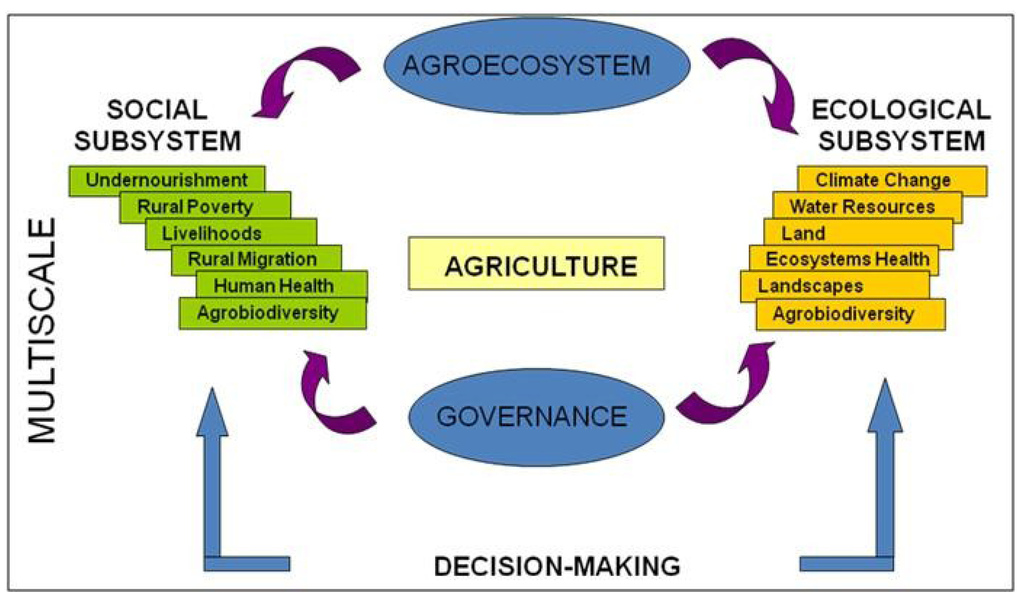


It will be subjective by nature, benefiting some groups over others depending on how decision-making power is distributed.Transformative adaptation will require new tools and methodologies, as well as collaboration between funding entities, national and subnational governments, the United Nations Framework Convention on Climate Change (UNFCCC), and other global institutions.
#AG SYSTEMS MODEL SERIES#
Finance can be targeted toward projects that are aligned to achieve transformative outcomes and gradually phased in through a series of short-, medium-, and long-term interventions to build transformative pathways.Beginning now to identify, plan for, and finance transformative approaches over the coming decades offers the best opportunity to maintain and enhance global food security, avoid maladaptation, and reduce escalating risks of conflict and crisis as climate impacts intensify.Although they may be disruptive and difficult, transformative approaches will be required where climate impacts are at present or are projected to be so severe that they are may undermine the continued viability of current agricultural systems.Transformative adaptation for agriculture is defined in this working paper as intentional responses to climate impacts that significantly shift the locations of agricultural production systems, introduce substantially new production methods or technologies at scale, or otherwise fundamentally alter key aspects of agricultural systems.It looks at how transformative outcomes could be achieved by aligning adaptation projects along pathways and adjusting planning processes to incorporate longer-term, more systemic approaches. This working paper explores the concept of transformative adaptation for agriculture and why it is needed.

These impacts will increasingly require more dramatic shifts at greater scale, speed, and intensity to manage risk, strengthen food security and protect lives and livelihoods-especially among the poorest and most vulnerable, who often depend on climate-sensitive sectors such as agriculture, fishing and tourism. Increasingly, severe climate impacts are beginning to test the limits of what we can adapt to through such relatively minor adjustments. Today, the agriculture sector practices adaptation with relatively limited incremental adjustments to existing systems to better manage current climate variability and cope with near-term climate risks. Transformative approaches to adaptation in agriculture will be needed to maintain and enhance global food security, avoid maladaptation and reduce growing risks of crisis and conflict.


 0 kommentar(er)
0 kommentar(er)
